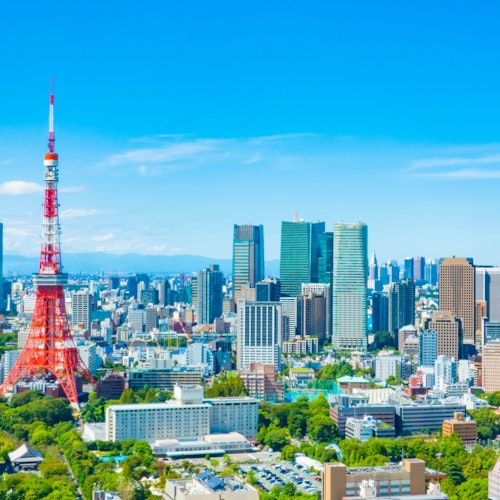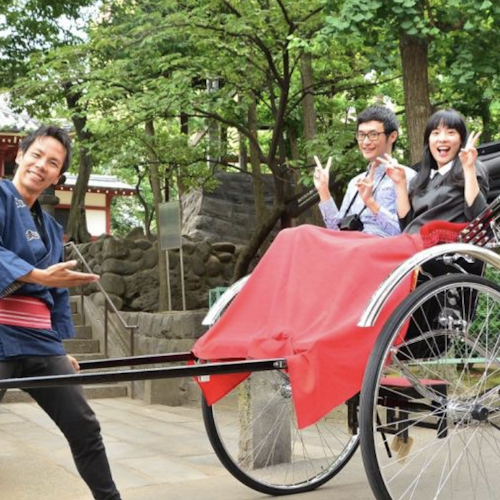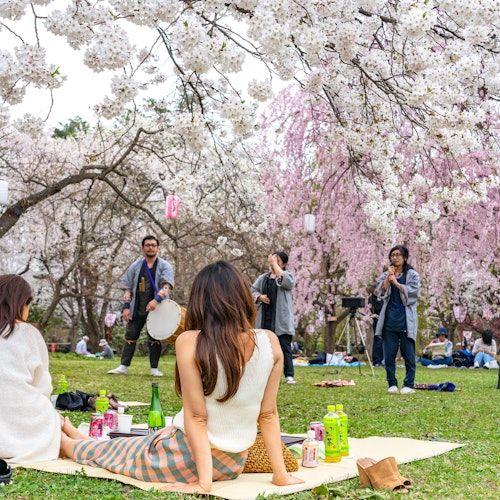
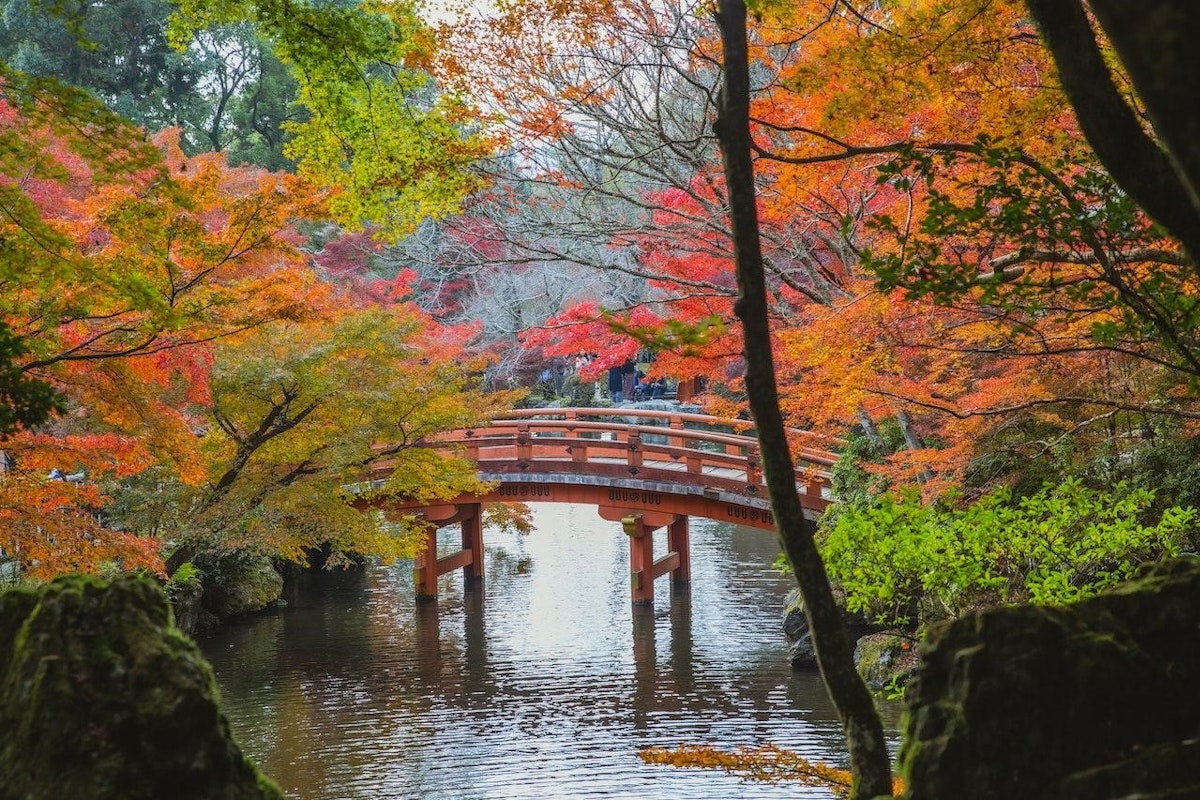
The Land of the Rising Sun, Japan, captivates travelers with its harmonious blend of ancient traditions and ultra-modern innovations. Each season in this enchanting country offers a distinct atmosphere, painting its landscapes with a myriad of colors and sensations. But when is the perfect time to visit? From the ethereal pink hues of cherry blossoms to the magical snow-capped peaks, let's embark on a journey through the four seasons of Japan.
In this guide, we'll explore the unique characteristics of each season, along with their festivals, fashion tips, and must-see destinations. So pack your bags and let your wanderlust be your compass as we uncover the best times to experience Japan's unrivaled beauty and charm.
There is an undeniable magic that envelops Japan during the cherry blossom, or sakura, season. As the days grow longer and the air becomes milder, a sea of delicate pink and white blossoms blankets the country, captivating the hearts of both locals and visitors alike. The cherry blossom season usually begins in late March and continues through early May, with the peak bloom period varying by region. To fully immerse yourself in the enchanting beauty of sakura, be sure to partake in hanami, the cherished Japanese tradition of picnicking beneath the blooming cherry trees.
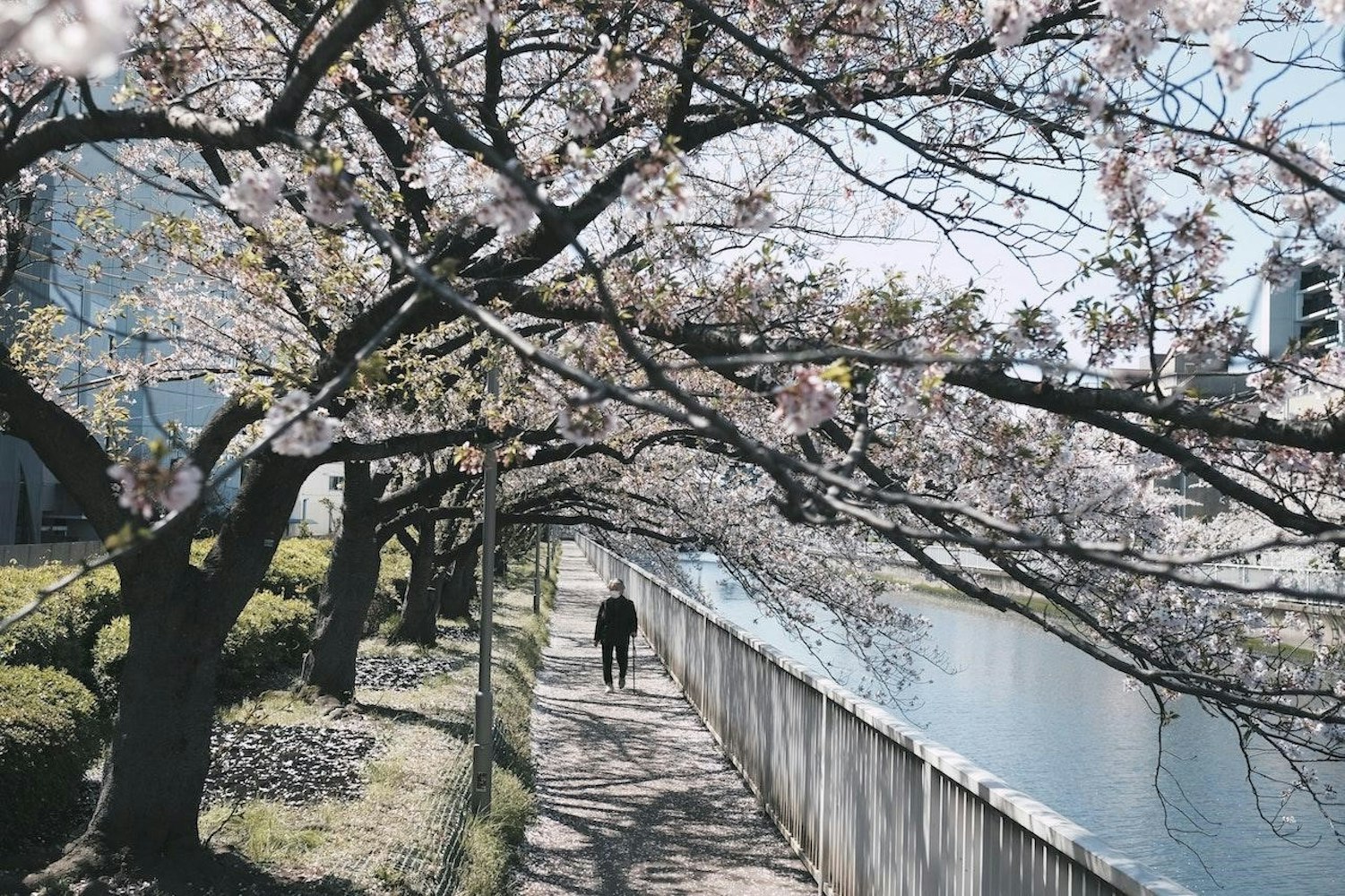
Embrace the jubilant spirit of spring in Japan, where the blossoming cherry trees signal the arrival of a myriad of vibrant festivals. These celebrations highlight the season's beauty, cultural heritage, and community spirit. Here are some of the most captivating spring events to experience during your visit:
Takayama Spring Festival (Hida-Takayama) Held on April 14th and 15th, this spectacular festival showcases exquisitely crafted floats adorned with intricate carvings and vibrant colors. The nighttime lantern-lit procession is a sight to behold as the illuminated floats glide gracefully through the charming streets of Takayama.
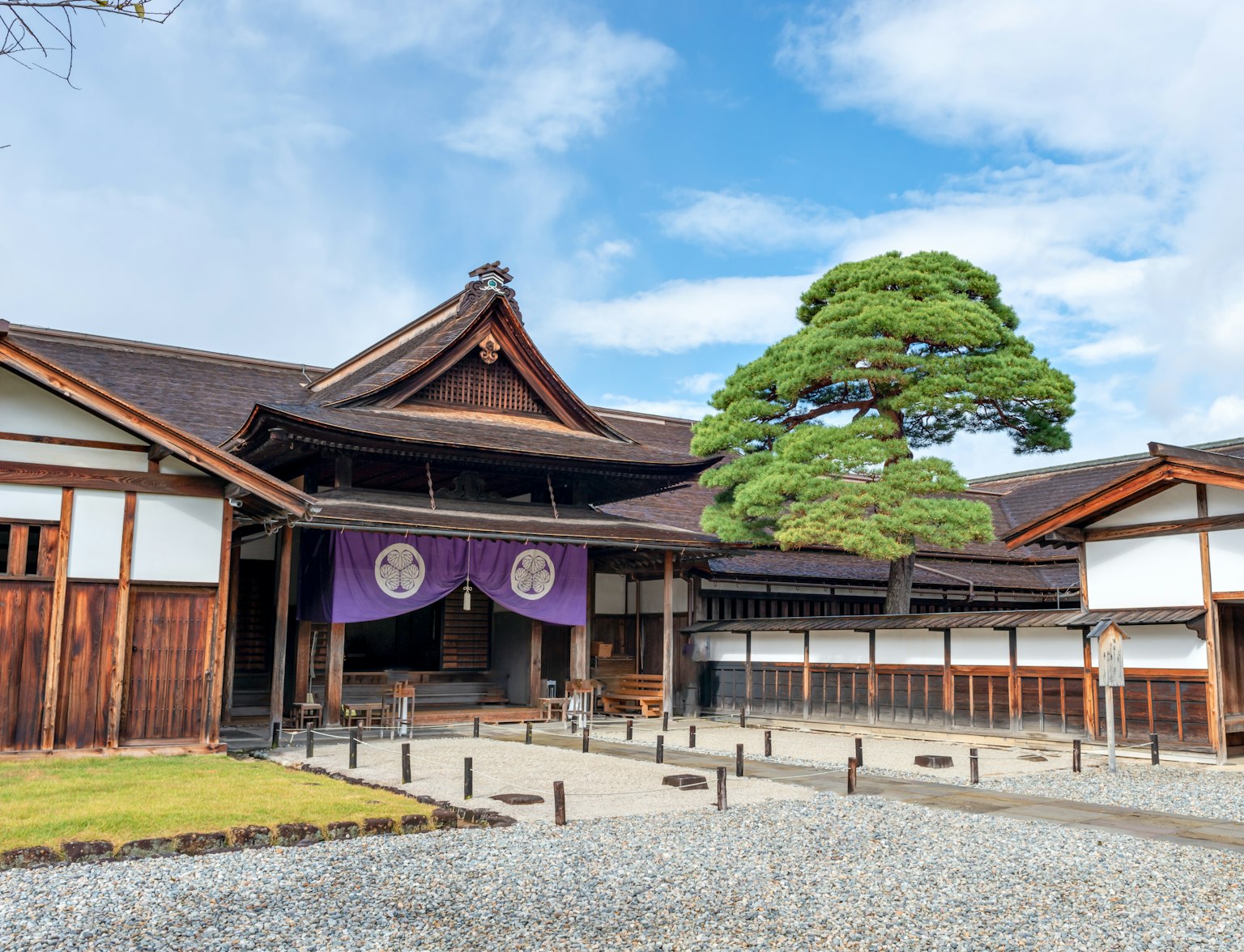
Experience Takayama with this tour.
Miyako Odori (Kyoto): Throughout April, the geisha districts of Kyoto come alive with the elegant performances of the Miyako Odori. Witness the mesmerizing dances and traditional music as geiko and maiko (Kyoto's geisha and apprentices) showcase their refined skills and artistry in enchanting stage performances.
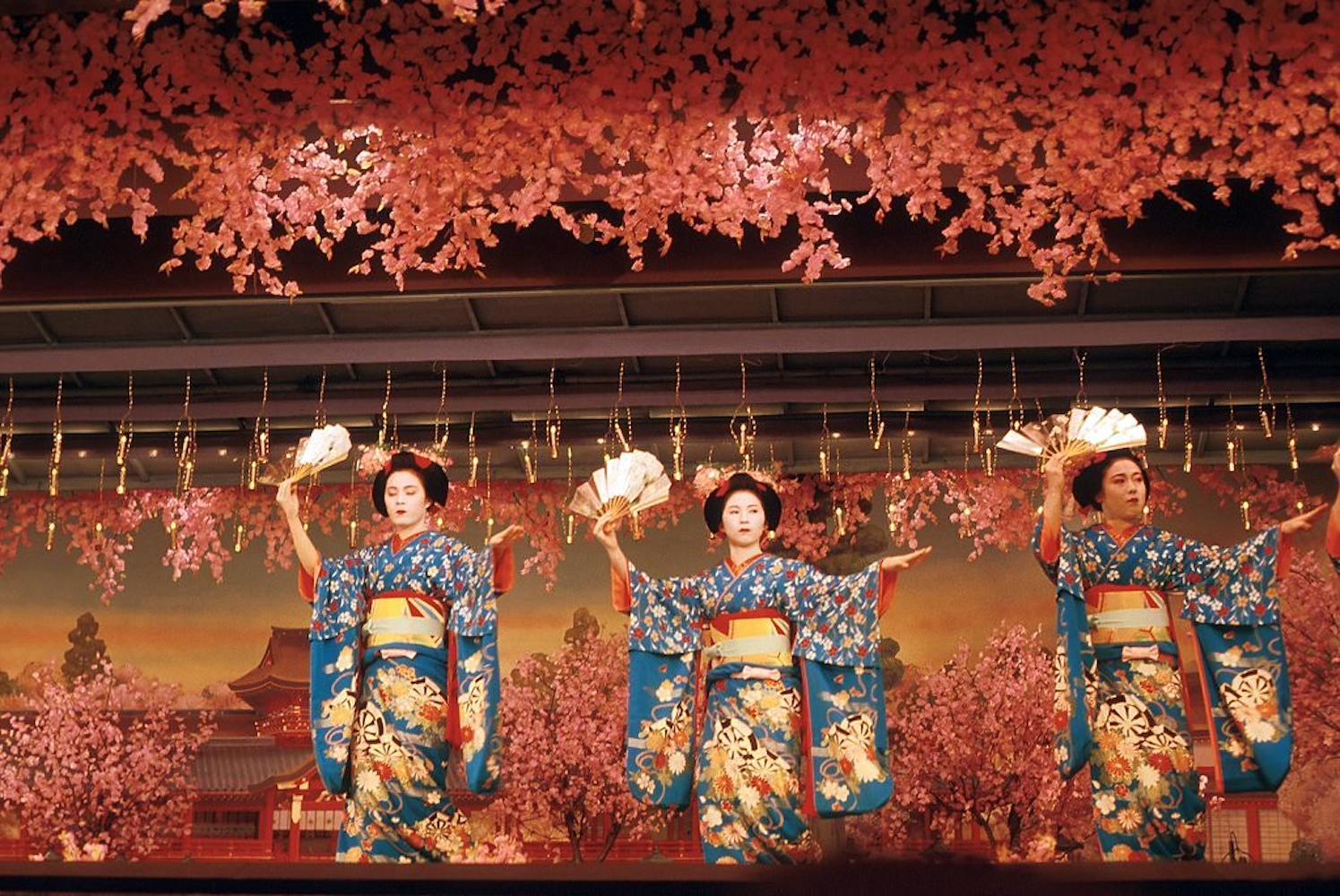
Image Credit: Ad Blankestijn
Kanamara Matsuri (Kawasaki): Celebrated on the first Sunday of April, this quirky and lively festival is dedicated to fertility and marital harmony. The highlight of the event is the parade featuring enormous, creatively designed phallic floats, drawing visitors from around the world.
Yayoi Festival (Tochigi Prefecture): Taking place on April 13th and 14th, this historic festival at the UNESCO World Heritage site of Nikko Toshogu Shrine features a grand procession of over 1,000 participants dressed in authentic samurai attire. The event pays homage to Tokugawa Ieyasu, the founder of the Tokugawa Shogunate.
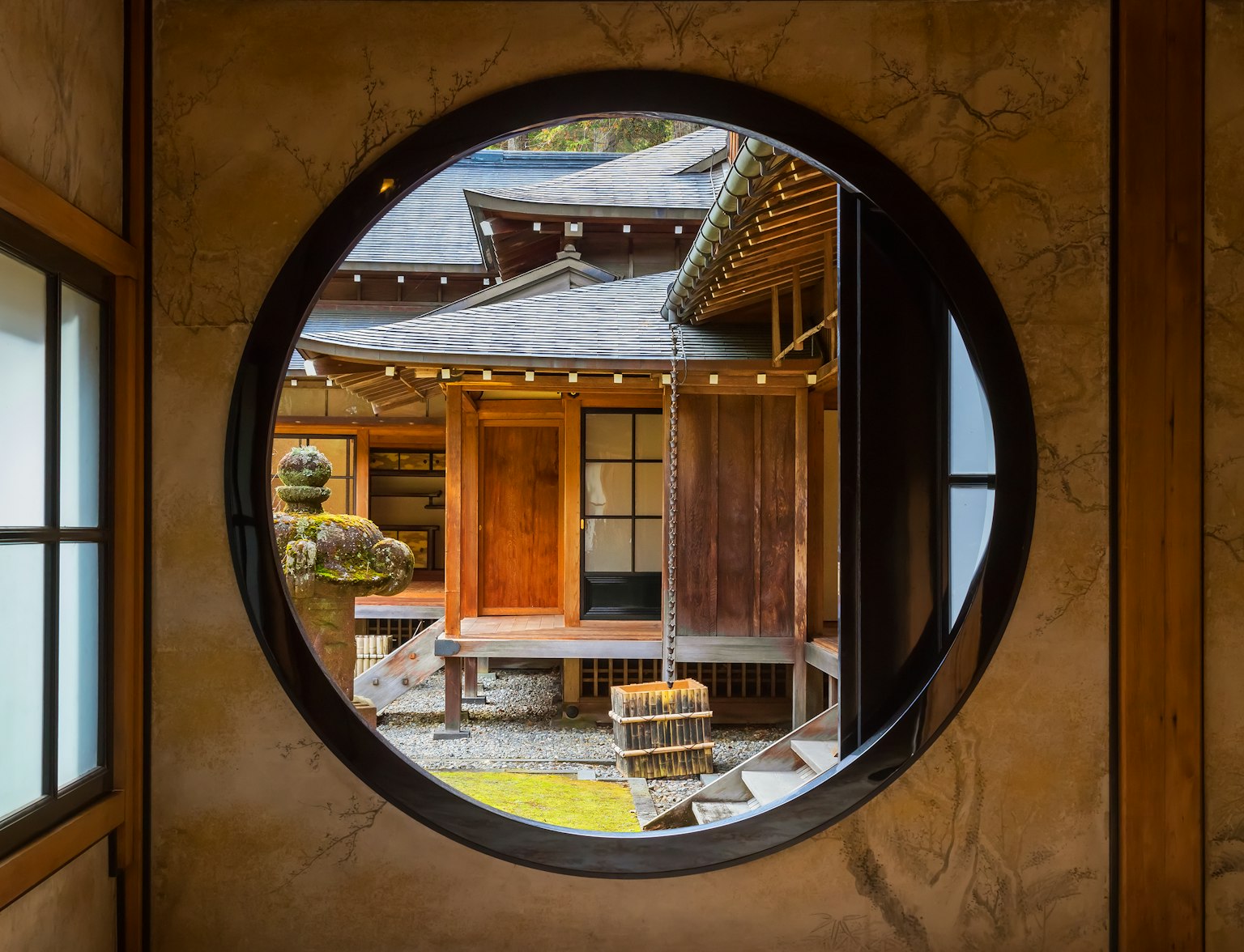
Toshogu Shrine is one of the itineraries here.
Aoi Matsuri (Kyoto): Held on May 15th, this sophisticated festival is one of Kyoto's three great festivals. The Aoi Matsuri features a regal procession with participants dressed in elegant Heian-period costumes, showcasing the rich cultural history of the ancient capital.
As the temperatures begin to rise in spring, it's time to pack away your winter clothes and embrace lighter layers. Mornings and evenings can still be cool, so consider bringing a light jacket or cardigan. Opt for breathable fabrics like cotton or linen, and don't forget comfortable walking shoes for exploring Japan's picturesque landscapes. Spring in Japan can also bring occasional rain showers, so pack a compact umbrella and water-resistant outerwear to ensure you're prepared for any weather.
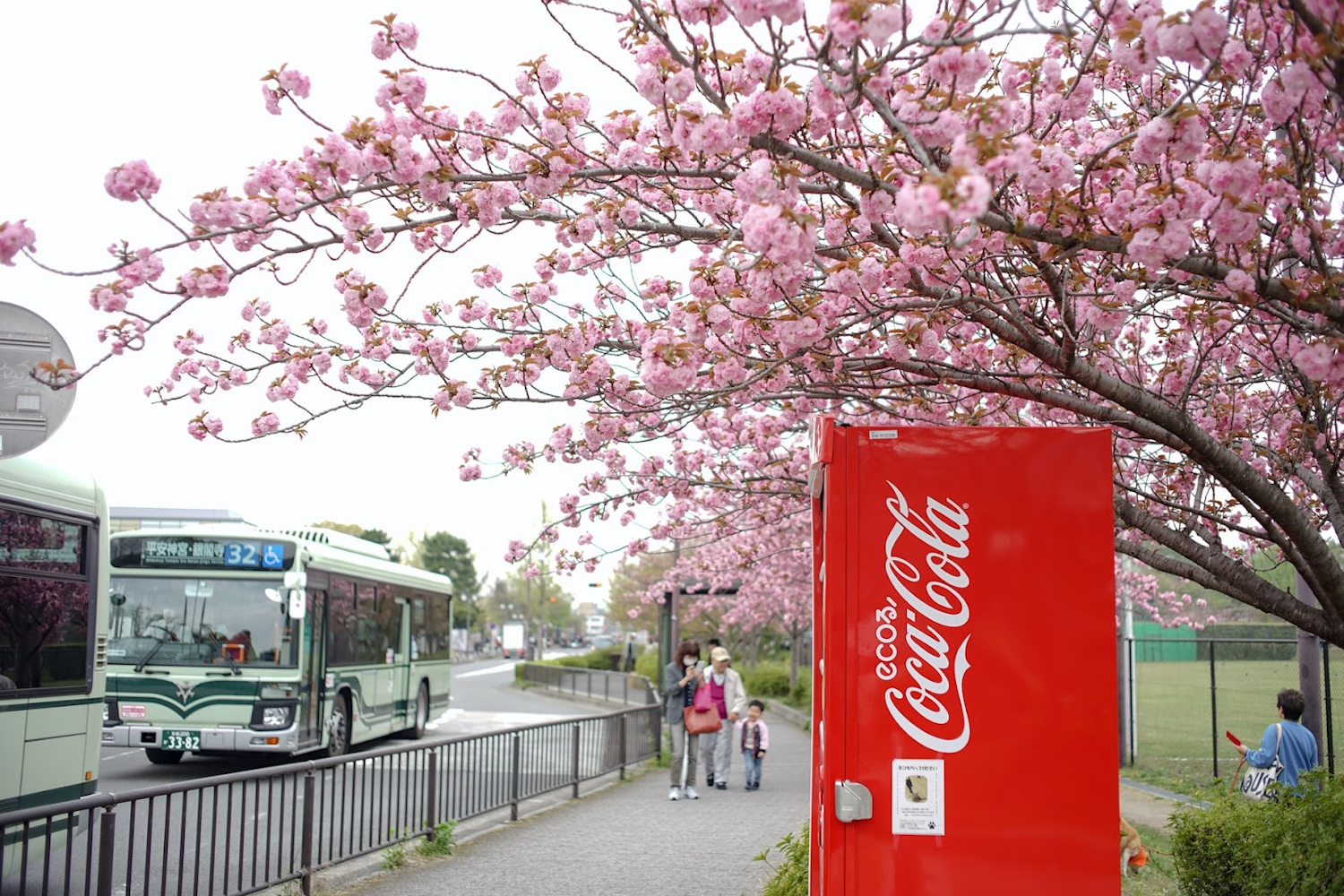
1. Kyoto: This ancient capital comes alive during spring, with its temples and gardens adorned with cherry blossoms. Highlights include the Philosopher's Path, Kiyomizu-Dera, and Maruyama Park.
2. Tokyo: The bustling metropolis of Tokyo offers numerous hanami spots, such as Ueno Park, Shinjuku Gyoen, and Meguro River.
3. Hiroshima: Visit the beautiful Hiroshima Peace Park, where cherry blossoms serve as a poignant symbol of hope and renewal amidst the city's tragic history.
4. Hirosaki: Located in the northern region of Tohoku, Hirosaki is famous for its Hirosaki Castle and surrounding park, which boasts over 2,500 cherry trees.
5. Nara: Home to numerous historic sites, Nara's cherry blossoms provide a stunning backdrop to the ancient temples and shrines that dot the city.
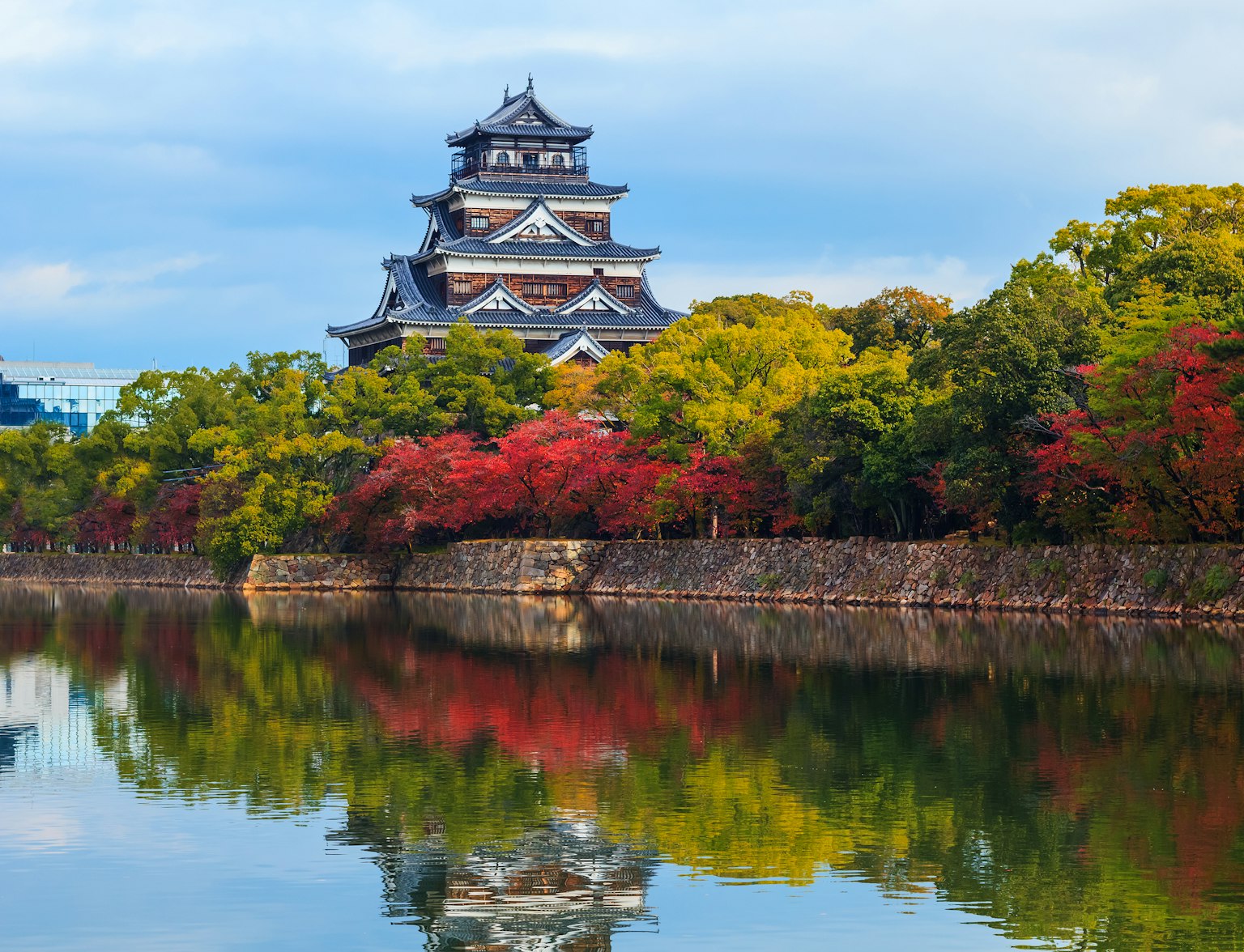
Navigate through Hiroshima's poignant history and serene beauty.
Summer in Japan, stretching from June to August, is a season of vibrant energy and lively festivities. As temperatures rise, the country comes alive with an array of colorful events, sun-drenched beaches, and outdoor adventures. From bustling urban centers to serene natural retreats, summer in Japan offers a diverse range of experiences that cater to every traveler's desires.
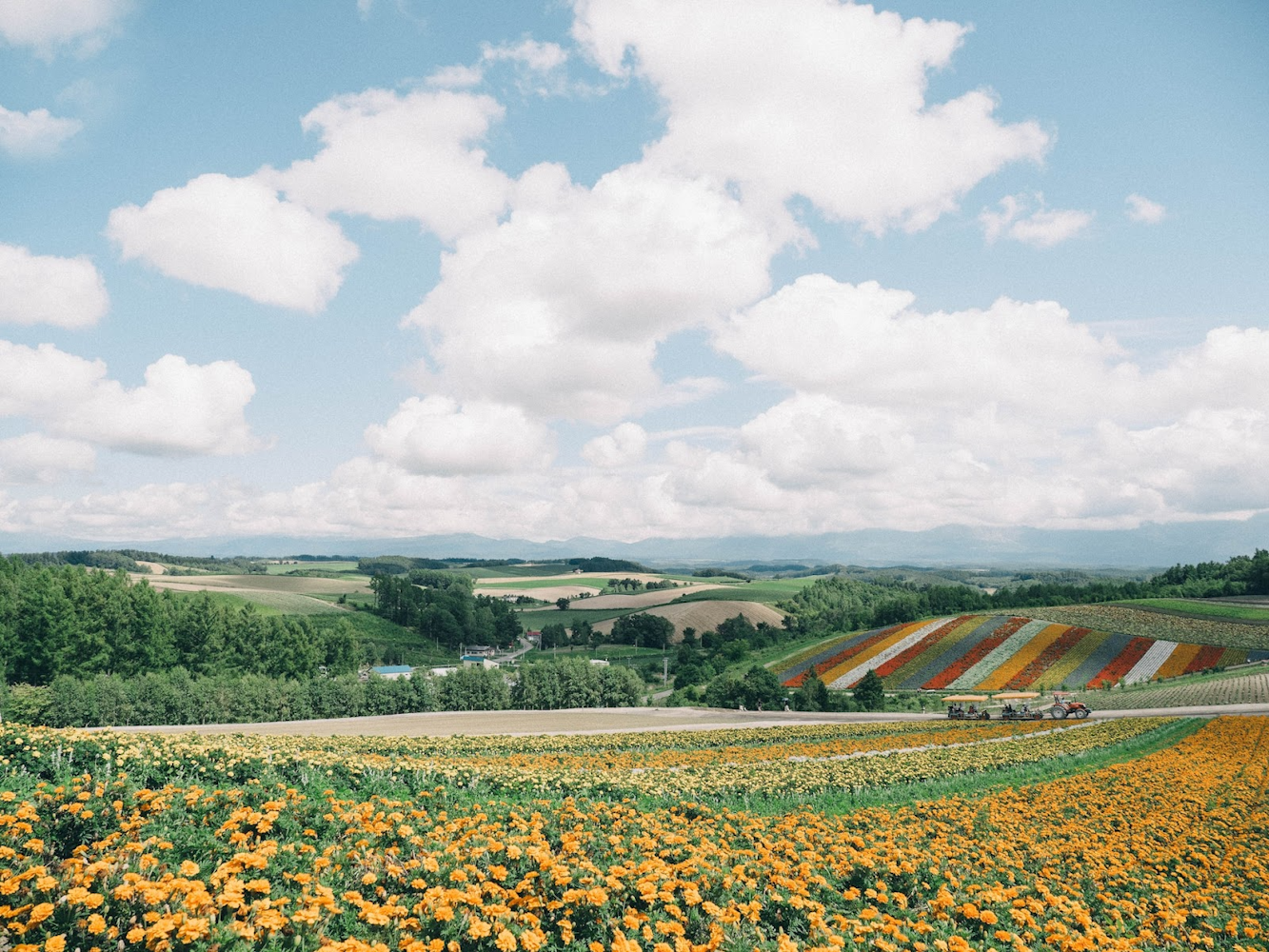
Summer in Japan is a time of sizzling energy and excitement, marked by an array of colorful festivals and dazzling firework displays. Throughout the season, numerous cities and towns across the country host vibrant summer festivals known as matsuri, featuring lively street processions, traditional music, and dance performances.
One of the most famous summer events is the Gion Matsuri in Kyoto, a month-long celebration held in July, boasting extravagant floats, traditional costumes, and cultural events. In addition, firework displays, or hanabi, light up the night skies, with popular events such as the Sumida River Fireworks Festival in Tokyo and the Tenjin Festival Fireworks in Osaka.
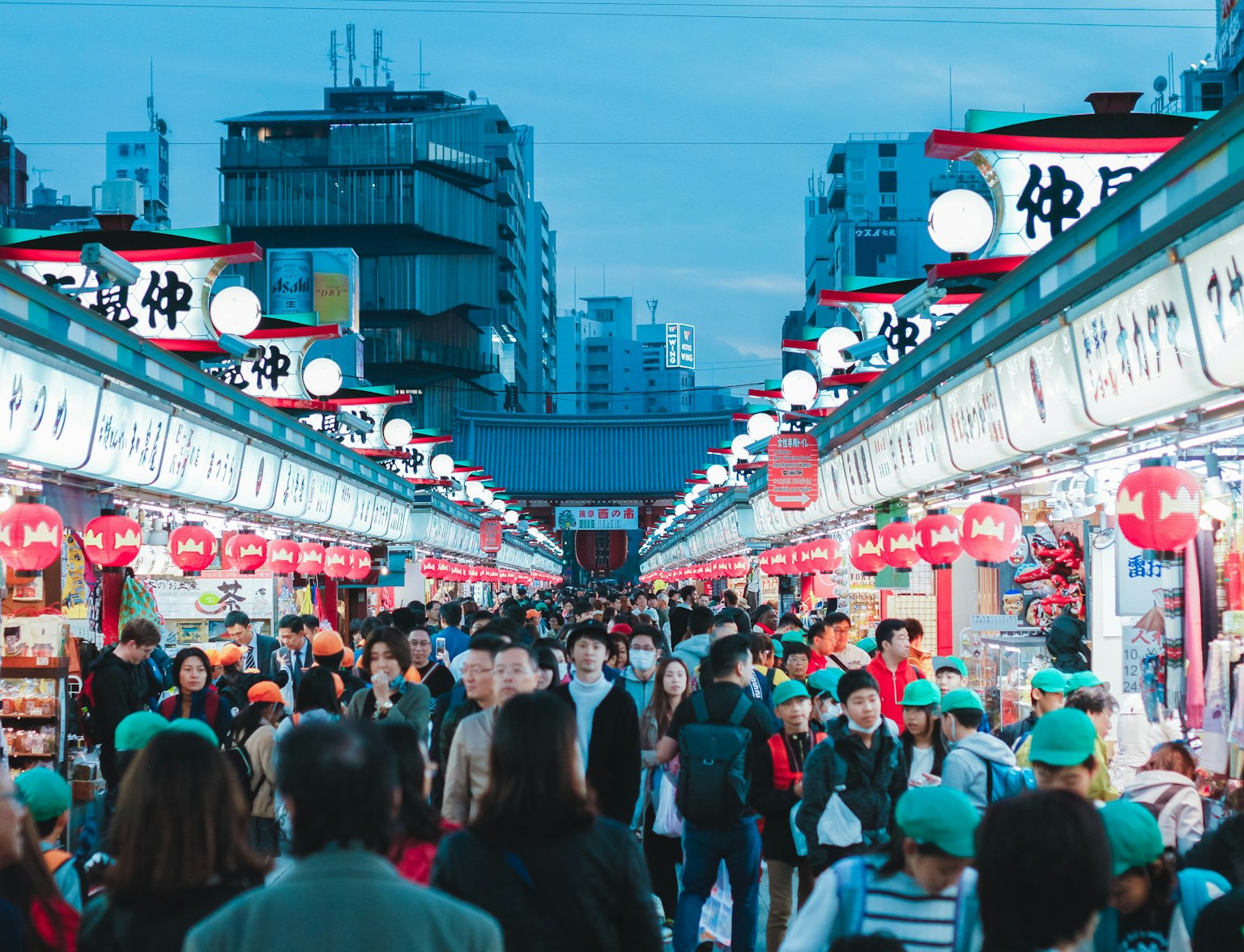
Join a food tour in Asakusa before watching the Sumida River Fireworks Festival.
As temperatures soar during Japan's summer months, it's the perfect time to explore the country's picturesque beaches and natural wonders. Head to Okinawa, Japan's tropical paradise, to enjoy crystal-clear waters, white sandy beaches, and abundant marine life, ideal for snorkeling and diving.
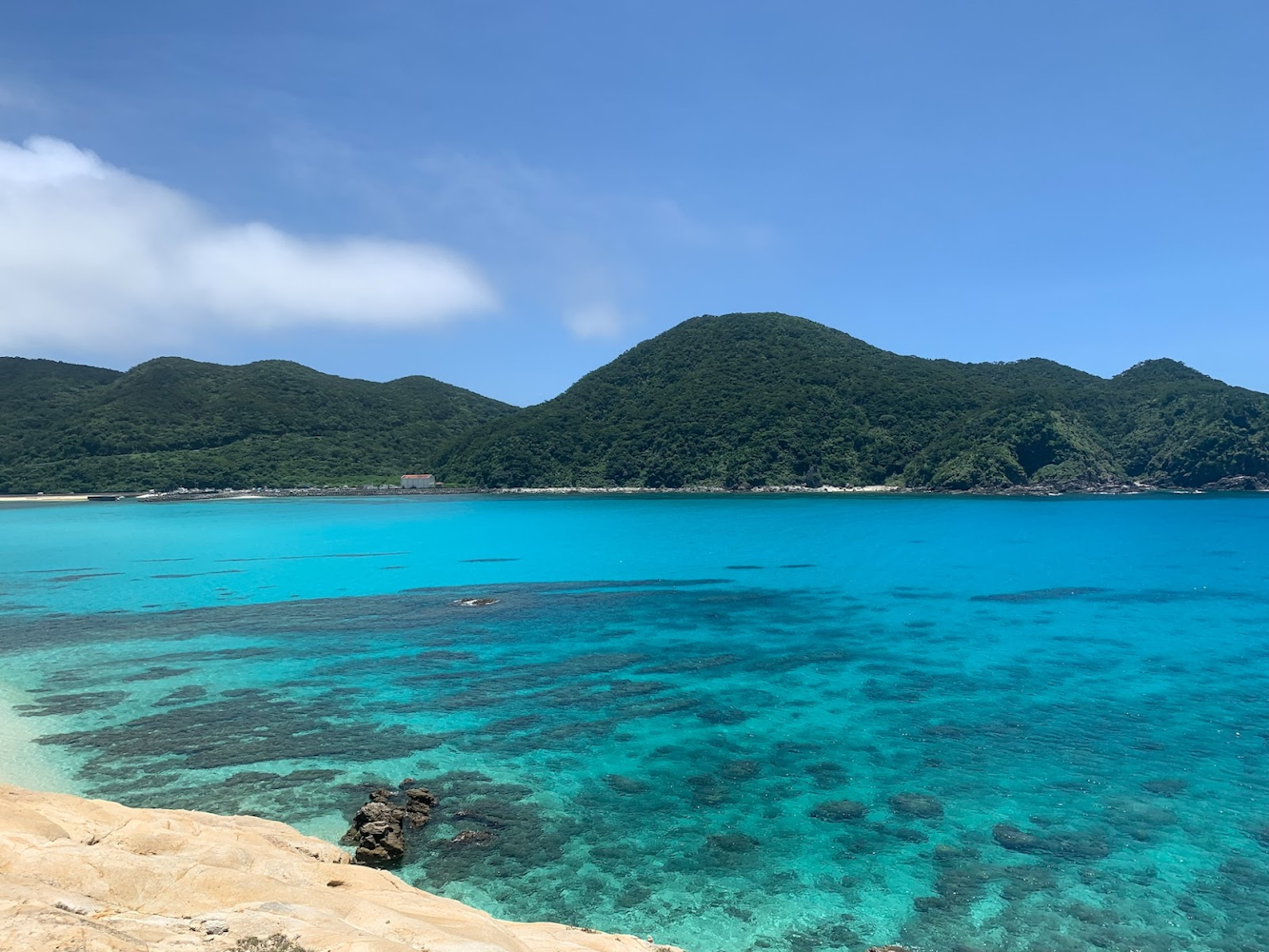
For those seeking a more serene retreat, visit the lush forests of Yakushima, a UNESCO World Heritage Site offering ancient cedar trees and idyllic hiking trails. Alternatively, you can explore the refreshing beauty of the Japanese Alps, where you can hike through picturesque mountain landscapes and immerse yourself in the tranquility of nature.
Dressing appropriately for Japan's hot and humid summer season is essential to stay comfortable while exploring. Opt for lightweight, breathable fabrics like cotton or linen, and choose loose-fitting clothing to keep cool. Don't forget to pack a hat, sunglasses, and sunscreen to protect yourself from the sun's harsh rays. When attending summer festivals or temples, ensure you dress modestly, with shoulders and knees covered, as a sign of respect for local customs.
As the temperatures rise, Japan offers a wealth of destinations to explore during the summer season. Here are some of the best places to visit:
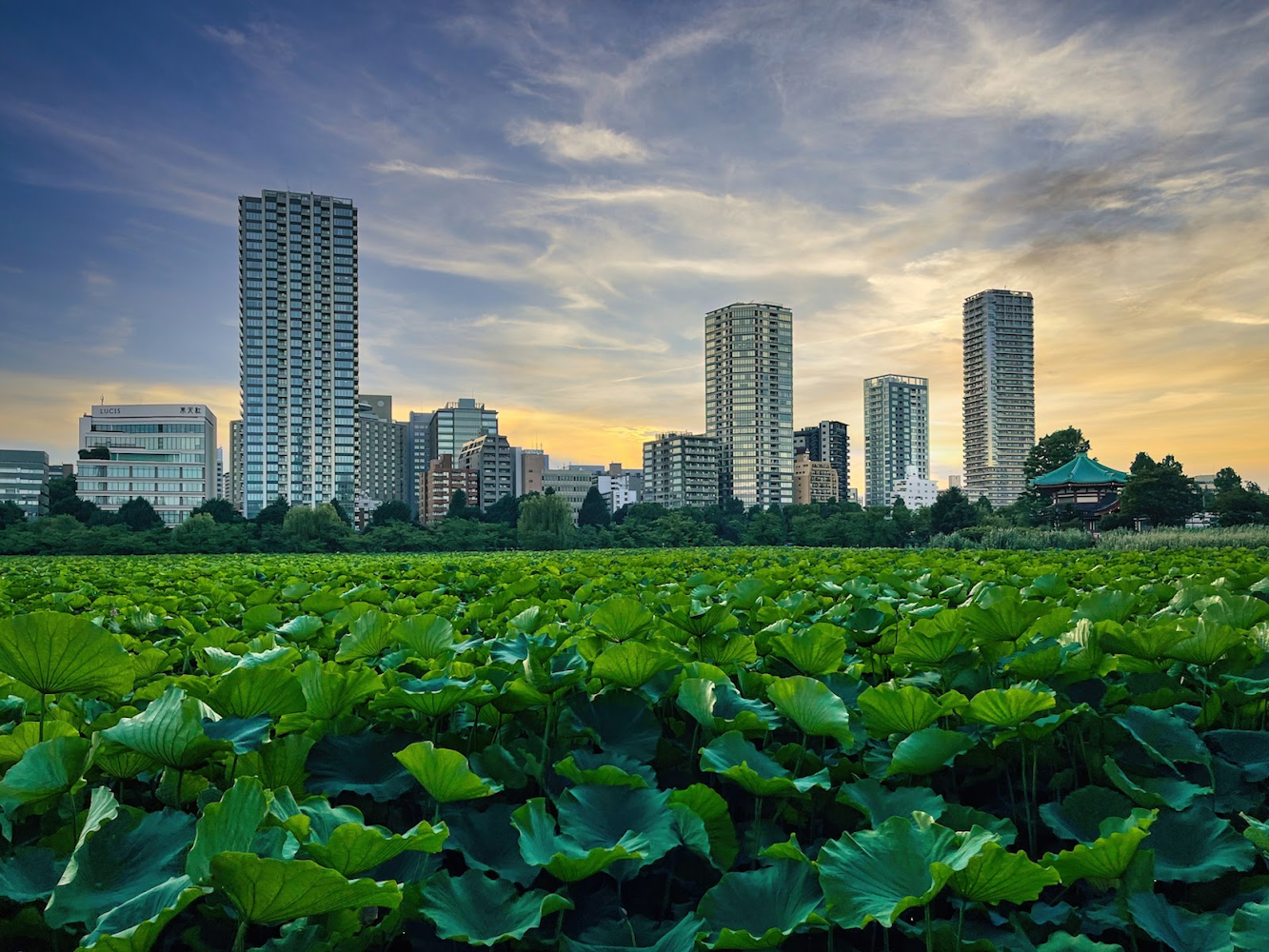
Hokkaido: Japan's northernmost island offers cooler temperatures during the summer months, making it an ideal retreat from the heat. Explore the picturesque lavender fields of Furano or enjoy outdoor activities such as hiking, fishing, and camping in the stunning national parks.
Tokyo: Japan's bustling metropolis is full of summer events and festivals. Visit the famous Sumida River Fireworks Festival or explore the vibrant neighborhoods of Asakusa and Shibuya. Be sure to check out the city's numerous indoor attractions, such as museums and art galleries, to escape the heat.
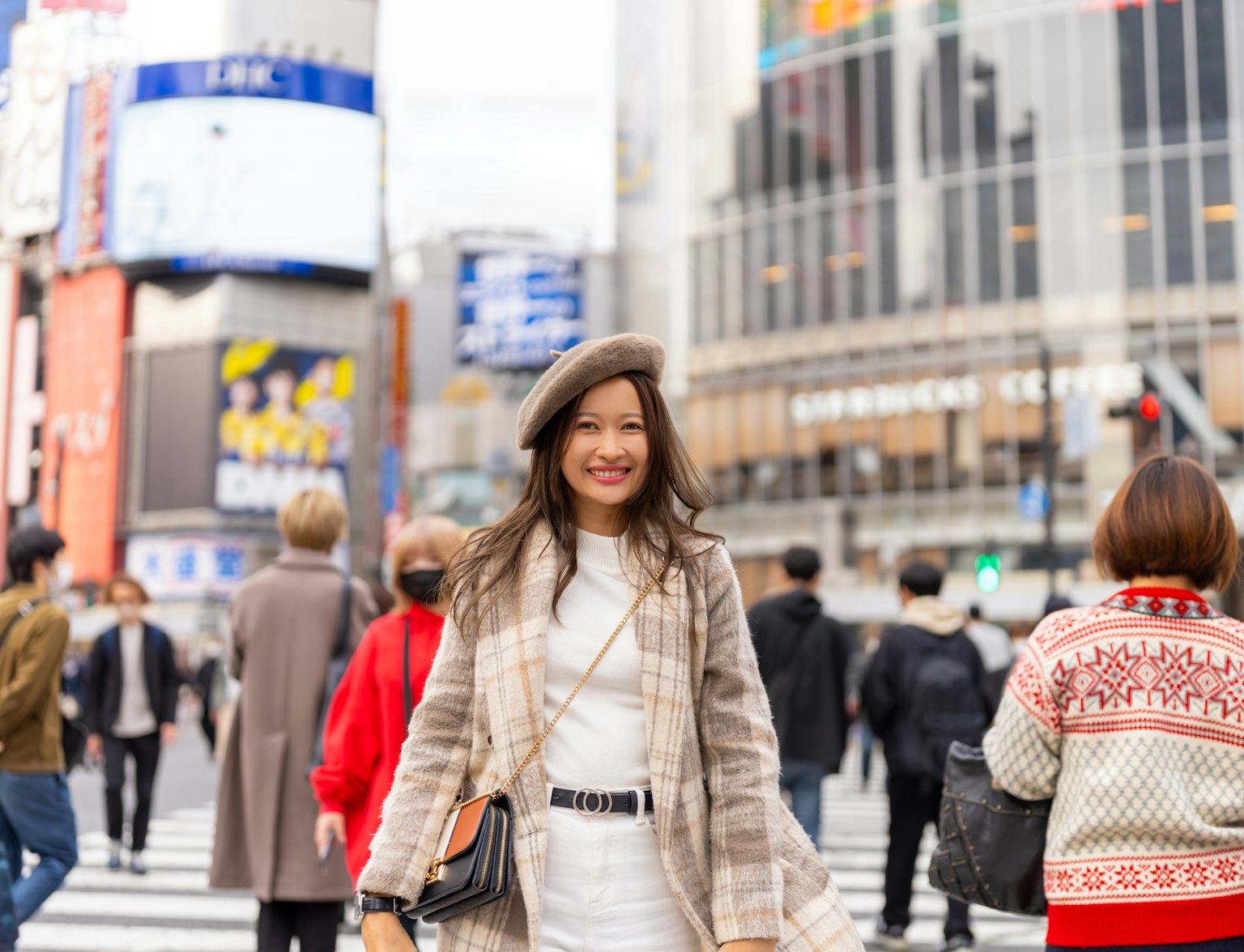
Experience the perfect blend of modernity and tradition.
Okinawa: Japan's tropical paradise is perfect for those looking for a beach getaway. With crystal-clear waters, white sandy beaches, and abundant marine life, Okinawa offers numerous opportunities for snorkeling, diving, and water sports.

See the underwater world of Okinawa.
Kyoto: Despite the heat, Kyoto's historic temples and shrines remain a top destination during the summer season. Explore the ancient city's picturesque streets and gardens, and take part in traditional summer festivals such as the Gion Matsuri.
As the hot summer months fade away and the air turns cooler, Japan's autumn season arrives, bringing with it a stunning display of colorful foliage and a rich cultural experience. From the vibrant autumn festivals to the tranquil beauty of the changing leaves, autumn in Japan is a time to be cherished and celebrated.
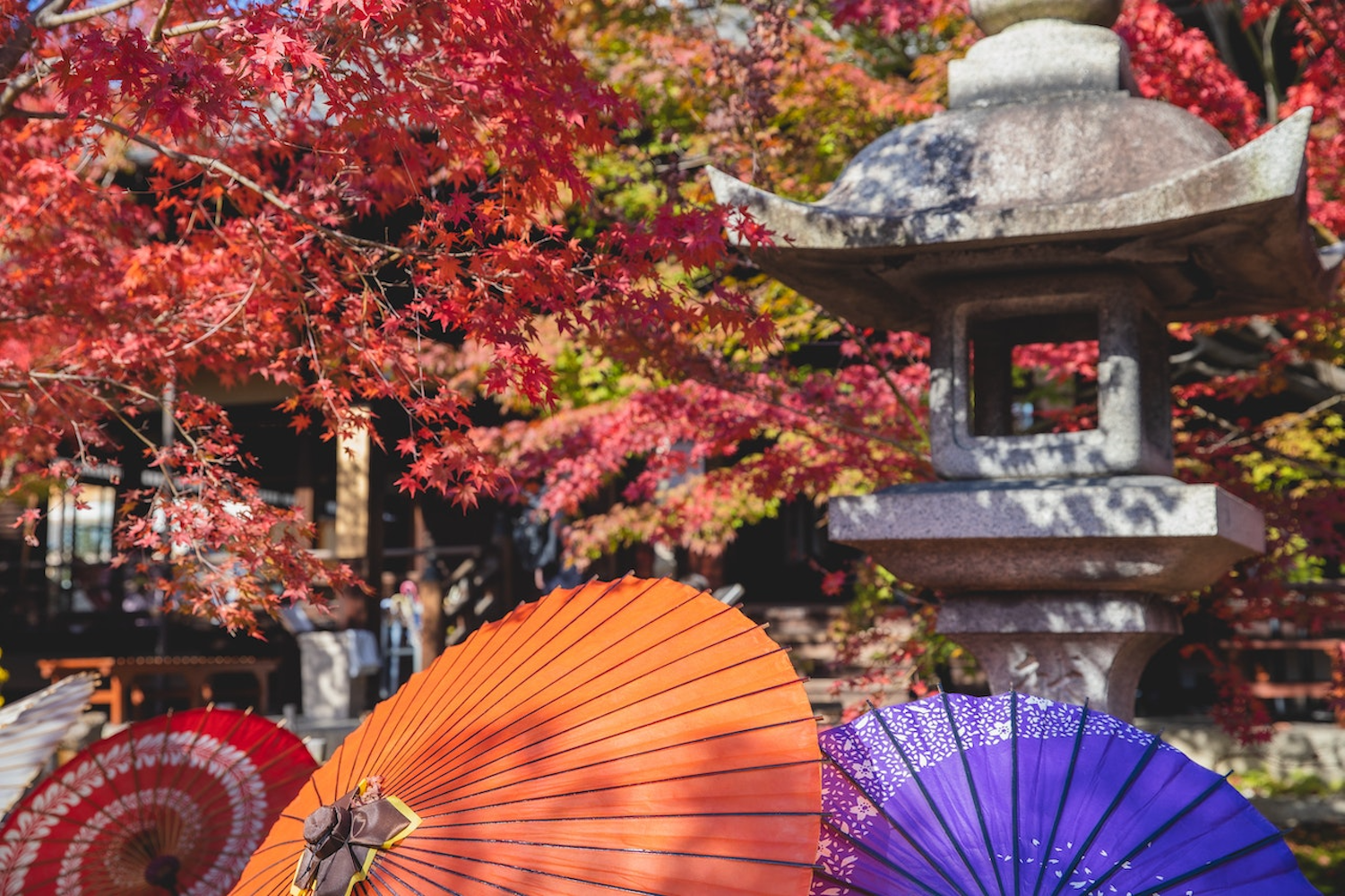
Autumn in Japan is also a time for celebrating culture, with a wide range of festivals and events taking place throughout the season. One of the most famous events is the Jidai Matsuri in Kyoto, held in October, where participants dress in historical costumes and parade through the city to commemorate the founding of Kyoto. Other popular festivals include the Tsukimi or Moon-Viewing Festival, held in September, and the Sapporo Autumn Fest, a food and drink festival held in Hokkaido. Be sure to check the local event calendars to experience the best of Japan's cultural festivities during the autumn season.
The weather in Japan during the autumn season can vary, so it's important to dress accordingly. The temperature can range from mild to chilly, so wearing layers is key. It's also a good idea to bring a compact umbrella or raincoat, as there may be occasional rainfall. Opt for comfortable walking shoes, as the season is perfect for strolling through the picturesque landscapes and enjoying the colorful foliage.
While Japan's famous autumn foliage destinations draw large crowds, there are also many off-the-beaten-path places that offer unique experiences during the season.
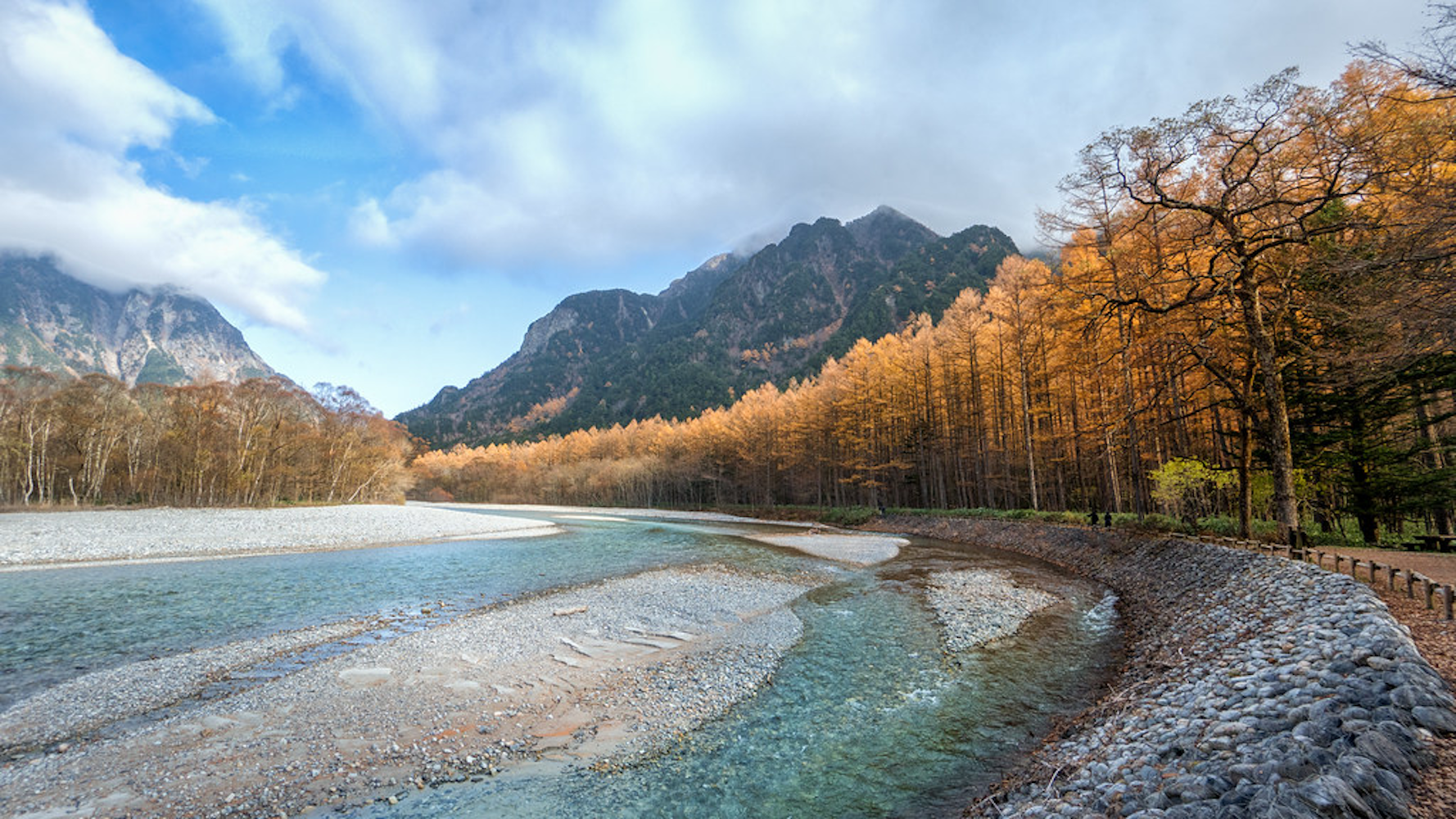
Kamikochi: Located in the Japanese Alps, Kamikochi is a stunning valley surrounded by mountains and forests that offer picturesque hikes and breathtaking views. The autumn foliage here is particularly stunning, with vibrant colors reflecting in the clear mountain streams.
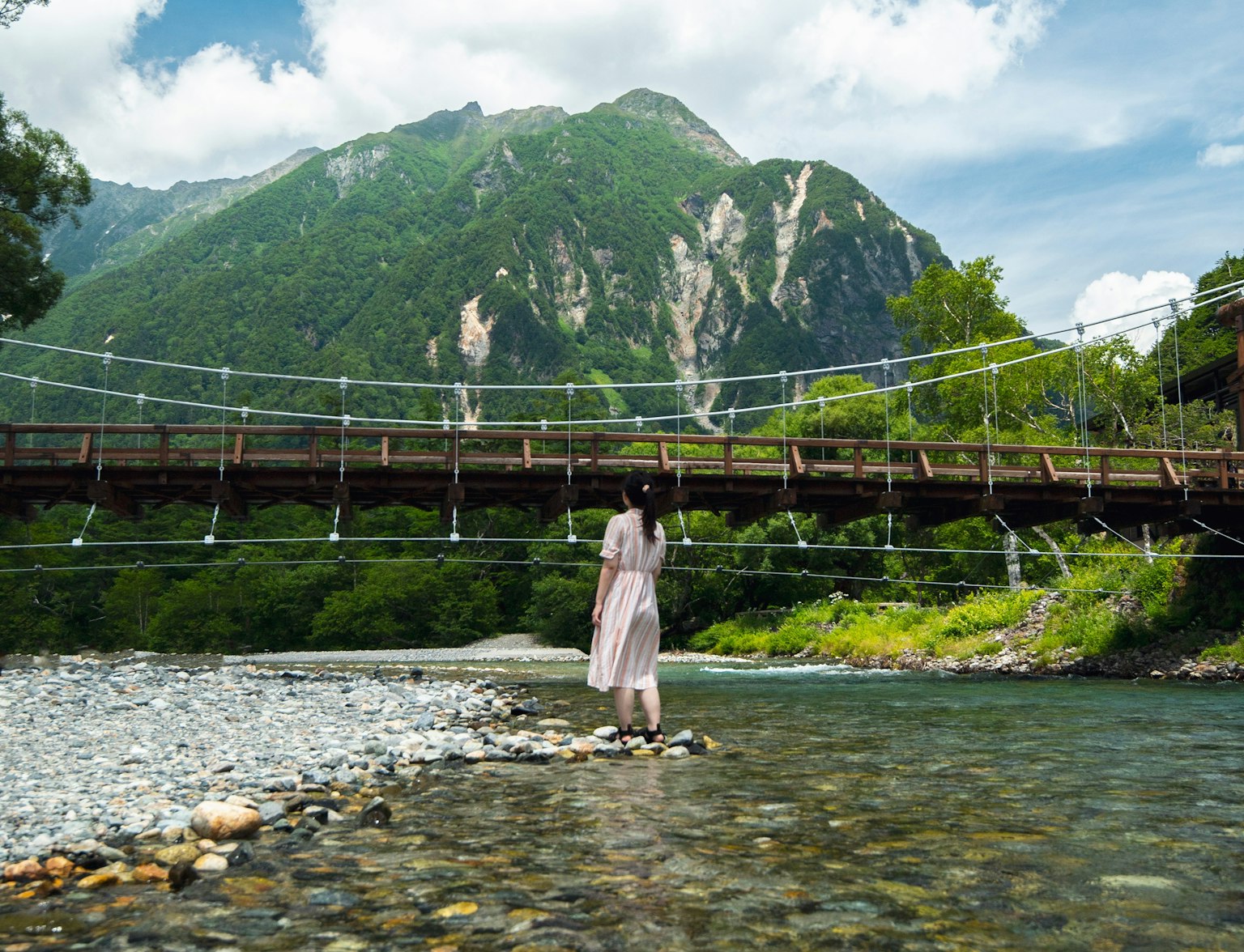
Embark on an exciting adventure in one of Japan's leading mountain resorts.
Iya Valley: A remote and rugged region in Shikoku, the Iya Valley is home to some of the most beautiful autumn scenery in Japan. Take a stroll across the Kazurabashi Bridge, a vine suspension bridge over the Iya River, or enjoy the view from the mountaintop Iya Vine Bridge.
Daisetsuzan National Park: Located in Hokkaido, Daisetsuzan National Park is a vast wilderness that offers breathtaking autumn scenery. With numerous hiking trails and pristine lakes, the park is the perfect place to immerse yourself in nature and enjoy the changing colors of the leaves.
Kibune: A small town located in the mountains north of Kyoto, Kibune offers a unique autumn foliage experience. Take a stroll along the Kibune Shrine's pathway, which is lit up at night during the fall season, and enjoy the colors of the leaves as they reflect in the river.
Oirase Gorge: Located in Aomori Prefecture, Oirase Gorge is a scenic route that follows a mountain stream through the forest. The gorge is particularly stunning during the autumn season, with the colorful leaves reflecting in the crystal-clear waters of the stream.
As the year draws to a close and the air turns chilly, Japan's winter season arrives, bringing with it a host of snowy delights and unique cultural experiences. From world-class skiing and snowboarding to traditional New Year's Eve celebrations, Japan's winter season offers something for everyone. In this seasonal guide, we'll explore the best winter destinations in Japan, from the famous ski resorts to charming winter festivals and traditions. We'll also take a closer look at what to wear during Japan's coldest months, so you can stay warm and comfortable while enjoying all that Japan's winter season has to offer.

New Year's Eve, or Oshogatsu, is one of the most important holidays in Japan, and it is marked by unique customs and traditions. One of the most popular traditions is the ringing of the temple bells at midnight. Thousands of people gather at temples all over Japan to hear the bell toll 108 times, which symbolizes the Buddhist belief in the 108 earthly temptations that humans must overcome to achieve enlightenment. In addition, the first shrine or temple visit of the year, known as Hatsumode, is another popular tradition. People flock to famous temples and shrines to pray for good luck and prosperity in the upcoming year.
Japan's winter season can be cold and snowy, so it's important to dress warmly. Layering is key, as temperatures can range from chilly to freezing. Warm, waterproof boots are a must, and a good quality coat and gloves are essential. In addition, many traditional Japanese accommodations, such as ryokans and onsen resorts, require guests to wear traditional yukatas or robes, so be sure to pack accordingly.
Winter in Japan is a time of enchanting snowy landscapes and unforgettable winter adventures. Apart from the famous ski resorts in Hokkaido and Nagano, there are many other winter destinations to explore. Here are some of the best winter destinations in Japan that offer a snowy adventure.
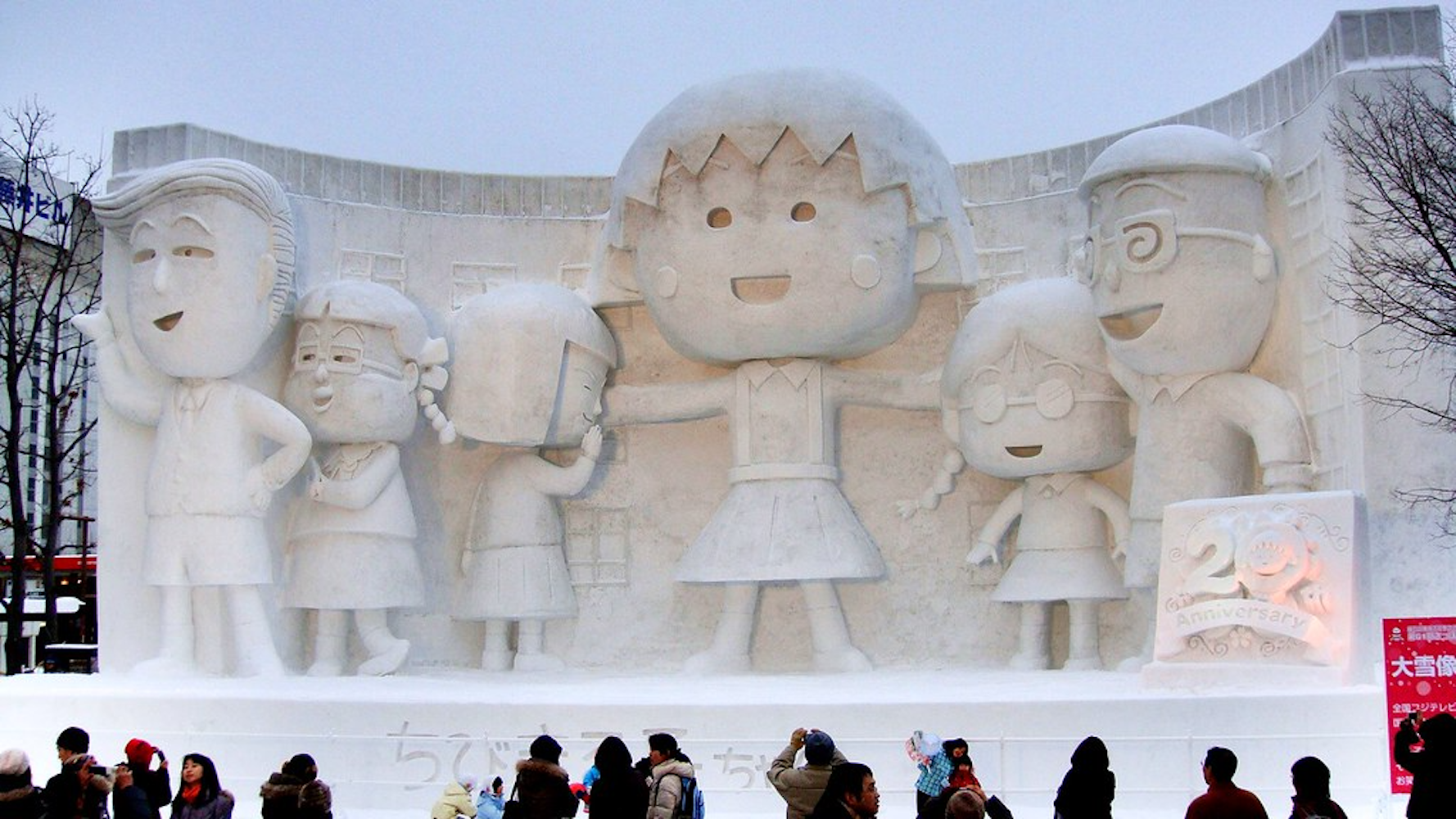
Image Credit: David McKelvey
1. Sapporo Snow Festival: This world-renowned festival takes place in early February and features over 200 massive snow sculptures that light up at night. It is the largest winter event in Japan and draws millions of visitors each year.
2. Otaru Snow Light Path Festival: Taking place in the charming canal town of Otaru in Hokkaido, this festival features snow lanterns that line the streets and canal, creating a romantic winter wonderland.
3. Jigokudani Monkey Park: Located in the mountains near Nagano, this park is home to the famous snow monkeys that soak in hot springs to stay warm during winter.
4. Kinosaki Onsen: This historic town in Hyogo Prefecture is famous for its hot springs and traditional Japanese inns. Visitors can stroll through the town of Yukatas and geta sandals, enjoying the winter scenery.
5. Zao Onsen: This hot spring resort in Yamagata Prefecture is famous for its "Snow Monsters," trees covered in thick layers of snow and ice that resemble monsters.
6. Asahikawa Winter Festival: This festival takes place in Asahikawa, Hokkaido, and features giant snow sculptures, ice-skating rinks, and other winter activities.
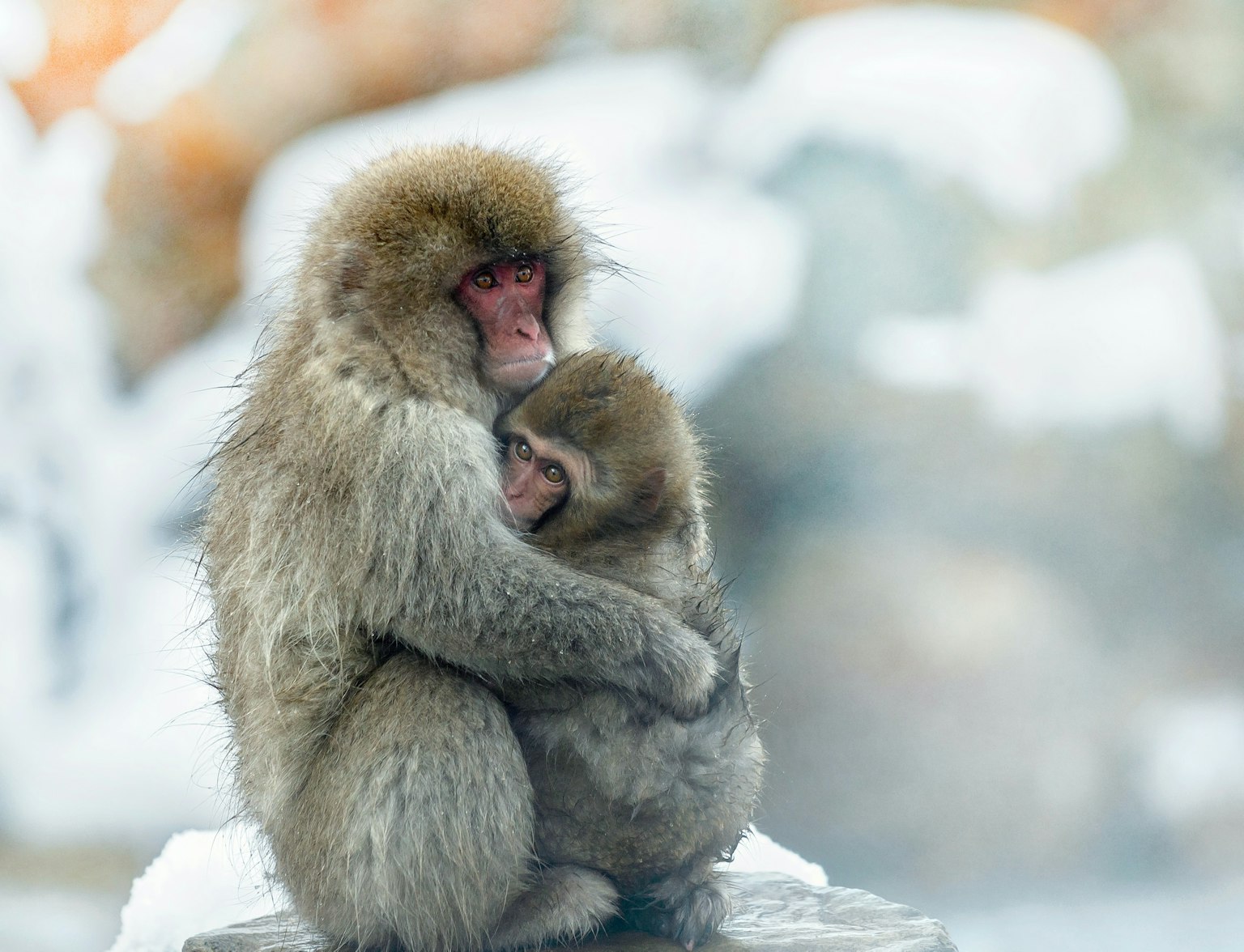
See the snow monkeys during this season.
When it comes to the best season to visit Japan, it ultimately depends on what kind of experience you're looking for. Spring is perfect for cherry blossom viewing and experiencing Japanese festivals, while summer offers a chance to enjoy vibrant festivals and escape to the beaches and nature spots. Autumn is an excellent time to witness the beautiful fall foliage and participate in cultural events, and winter brings a snowy wonderland and unique winter traditions.
It's worth noting that each season has its own unique charm and offers something different, so there is no one-size-fits-all answer to the best season to visit. However, by considering your preferences and what you want to experience, you can plan your trip accordingly and ensure that you have the best possible experience in Japan.
No matter what season you choose to visit, Japan is sure to captivate you with its stunning natural beauty, rich culture and history, and warm hospitality. So, plan your trip accordingly and get ready to experience the best of Japan's seasons.
